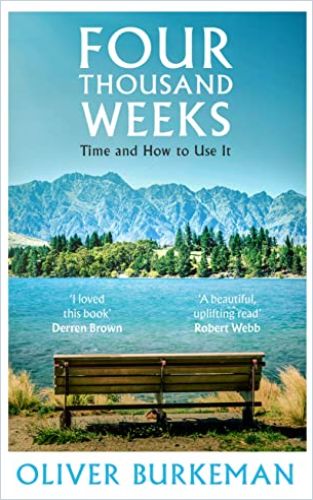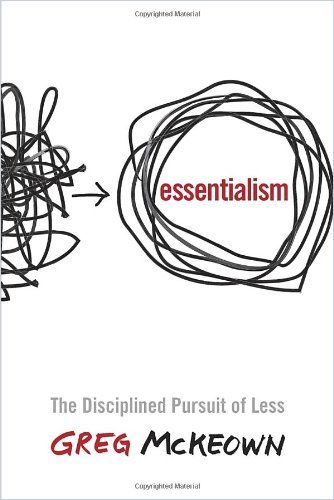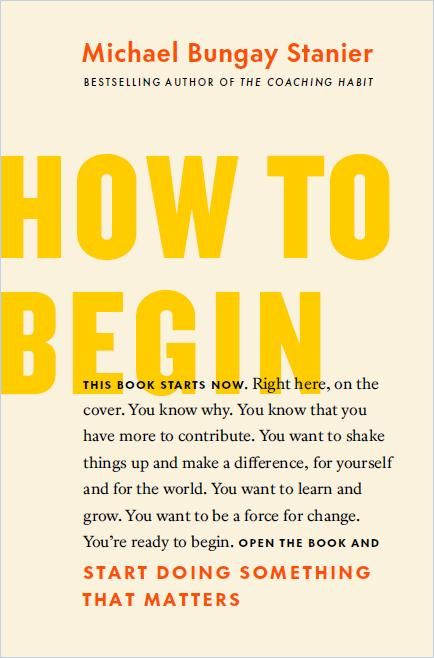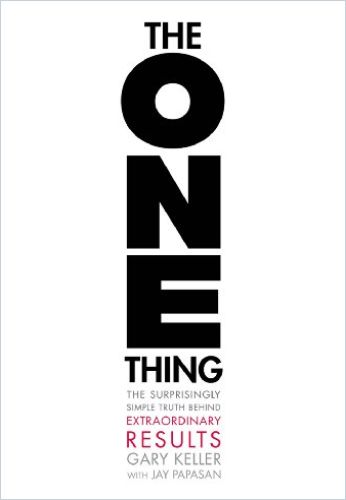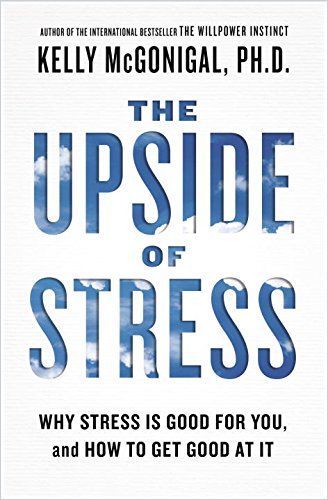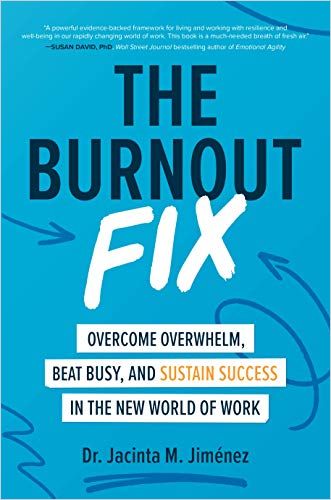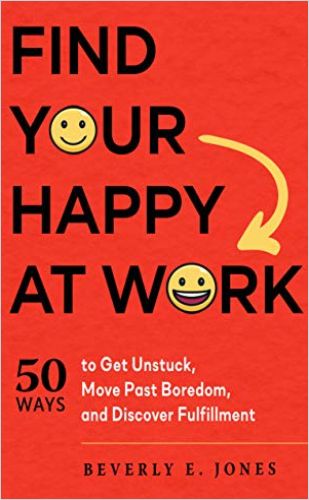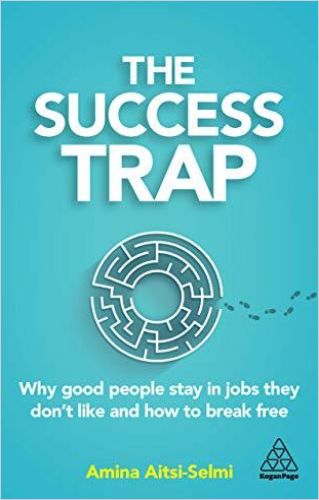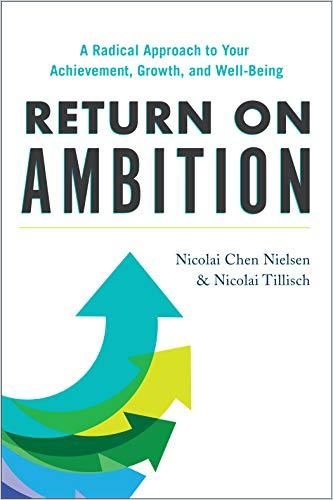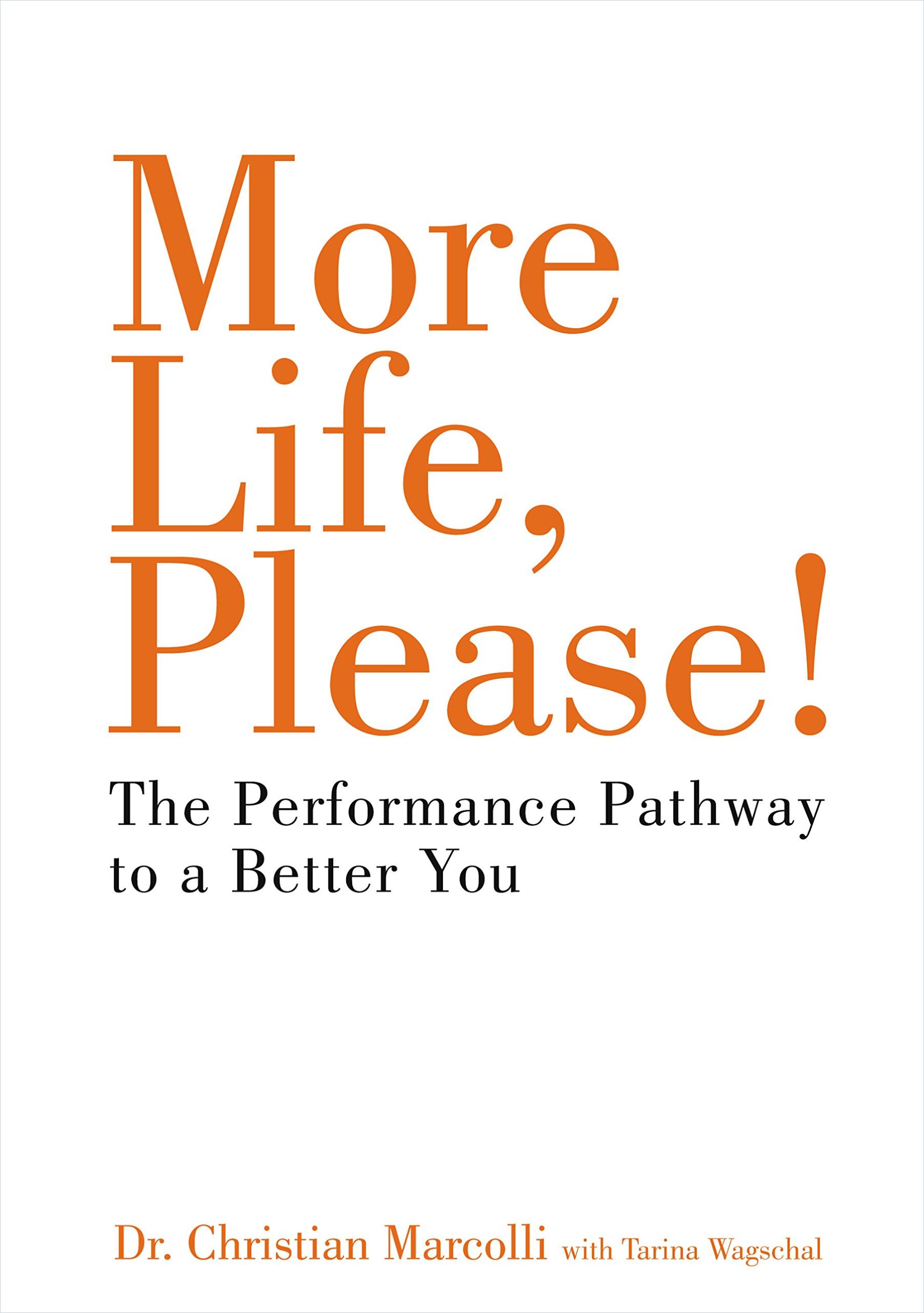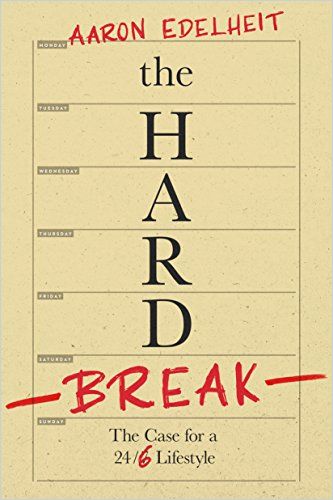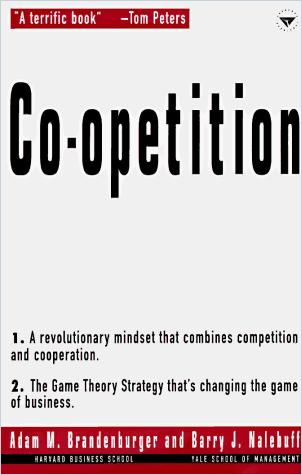Balance, Blend or Integrate: How Does Work Fit Into Your Life?

The notion that, with the right time management technique, you will be able to perfectly balance your work and private life is a myth. Trying to do so will inevitably make you wobble. Digitalization has made the notion of work-life balance even more impossible. The mere fact that you can access your work email from your phone at any time of the day has turned the clock-in, clock-out mentality of the nine-to-five office worker into a cute relic of the past.
- Flexibility Is a Two-Way Street
- 1. What Are My Goals in Each Life Area?
- 2. What Role Does (and Do You Want) Work to Play in the Context of Your Life as a Whole?
- 3. Do I Pay Enough Attention to the Basics, including Good Sleep Hygiene and Balanced Nutrition?
- 4. How Good Am I at Setting Boundaries?
- 5. How Do I Put It All Together?
The benefits to employers being able to reach their employees during off-work hours are obvious. However, many employees have also seen advantages in taking care of job duties outside the office. The keyword here is “flexible work arrangements” – a term no respectable job ad today will want to fail to include.
Flexibility Is a Two-Way Street
Bob, a marketing manager, is more than willing to answer emails in the evening if he can take an hour off each afternoon to pick up his kids from school. Martha, an accountant, would like more control over how she organizes her work schedule. She is convinced that being able to set her schedule will make her more productive – a sentiment echoed by 43% of respondents in a 2021 Gartner survey.
So, welcome to the slippery slope of work-life ‘blending.’ Done right, it may well boost productivity and life satisfaction. Done wrong, it can lead to burnout.
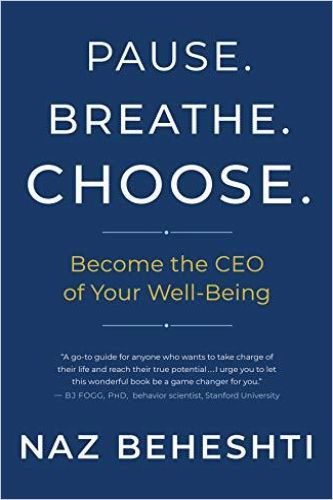
Work-Life Integration
The notion of work-life “blending” or “integration” has become a “successor model” of the more established concept of work-life balance.
While the latter sees your private and professional life as separate entities that need to be balanced, work-life integration does not see life and work as opposites but as coexisting components.
In practical terms, work-life integration is about adapting working hours to people’s individual needs and thus incorporating one area into another.
A Useful Starting Point
Regardless of whether you prefer the “balancing” or the “integrating” approach, both concepts offer useful starting points to think about how much “space” you want your job to take up in your life – not just in terms of hours but also in terms of the personal energy you put into your work.
Questions you might want to ask yourself include: What do I consider to be my most important responsibilities in life? Are there talents besides the ones I am using at my job that I want to hone? And, does my weekly schedule allow enough time for activities that rejuvenate me and keep me healthy?
The question of what an ideal work-life integration looks like is a deeply personal one, and your answer likely won’t stay the same throughout your working life. The stage of your career, the age of your kids or your current health status will all impact the way you think about work and life at different stages of your life.
In a perfect world, what would an ideal work-life balance/blend/integration look like for you? The following five questions can guide you to your answer:
1. What Are My Goals in Each Life Area?
Look at all your roles and responsibilities in life. Consider all areas of life, including work, family, friendships, personal health, community, spirituality, etc. What are your goals in each area? What areas of your life are currently the most important to you – and do they take up the space in your life that they deserve?
If this is a difficult question for you to answer, try this exercise: On a scale of 1 – 10, rank each area of your life according to its importance. Next, indicate on a scale of 1 – 10 how much time and energy you are currently dedicating to each area. Comparing your two answers for each area of your life will tell you whether your life priorities are balanced.
In Four Thousand Weeks, Oliver Burkeman reminds you that life is too short to accomplish everything on your bucket list, so it’s important to make choices and prioritize what matters. Pursue a “vital few” goals above the “trivial many,” Essentialism author Greg McKeown insists. For instructions on how to separate the wheat from the chaff on your bucket list, find guidance in Michael Bungay Stanier’s How to Begin and in Gary Keller and Jay Papasan’s The One Thing.
2. What Role Does (and Do You Want) Work to Play in the Context of Your Life as a Whole?
How do you feel about the work you do? Does your job drain your energy, so you spend most of your non-work hours and vacations “recovering” from work? Or do you find purpose in your work and feel energized by what you accomplish, even if you put in long hours from time to time? Are you highly engaged in your job but find that your enthusiasm for work causes you to neglect other important areas in life? Or are you satisfied with a less-demanding job that allows more time to spend with family and pursue hobbies?

In The Upside of Stress, Kelly McGonigal concludes from her research that stress only harms you if you consider it so. Within reason, you may be perfectly happy with putting in long hours at your job if your work gives you a sense of empowerment and purpose. According to Jacinta M. Jiménez, author of The Burnout Fix, it is often not too much work but a sense of not being in control and not feeling acknowledged for one’s efforts that make people susceptible to burnout.
Indeed, you will want to Find your Happy at Work without falling into The Success Trap. Are you pursuing your career ambitions for the right reasons and in a personally sustainable way? Nicolai Chen Nielsen and Nicolai Tillisch’s Return on Ambition helps you manage your ambitions effectively and in a way that enhances your personal growth and well-being.
Of course, not every passion can be rewarded with a paid position, and not every job can offer the opportunities for advancement and fulfillment you may seek. But this does not need to turn you into a Quiet Quitter, as cautioned here.
Read in the getAbstract Journal:
3. Do I Pay Enough Attention to the Basics, including Good Sleep Hygiene and Balanced Nutrition?
Working more than 50 hours a week does not increase productivity, Michael Hyatt explains in Free to Focus. Increasing time spent at work will not help you deal with your workload; increasing your energy levels will.
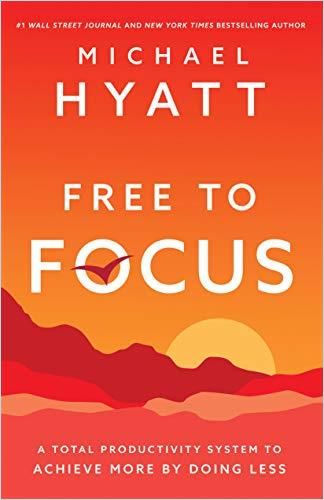
The following practices will help you renew your energy levels and will make your work-life integration sustainable:
- Sleep: Lack of sleep leads to bad decision-making, lack of focus and mistakes. Long-term, it can even increase your risk of obesity, dementia and premature death. Find resources on maintaining good sleep hygiene in our dedicated channel.
- Nutrition: Your diet affects your body and your brain. Stick to natural foods and take time to prepare and enjoy healthy meals.
- Exercise: Without a significant amount of physical activity, you won’t be able to function at your optimum level. In Head Strong, Dave Asprey offers advice on getting the most out of your exercise routine.
- Human Connections: The people with whom you spend time affect your energy levels. Socially connected people more effectively fend off illness and stress, worry less and even live longer.
- Unplug: Occupying your brain with non-work-related efforts boosts energy levels. For example, play restores the mind by using different parts of the brain. Taking time to reflect and unplugging completely from work allows you to keep your focus on the bigger picture. Spending time in nature is a great way to unplug.
4. How Good Am I at Setting Boundaries?
Work-life blending necessitates the setting of boundaries. In More Life, Please!, Christian Marcolli explains that a fulfilling home life involves intentionality and focus. If you are a working mom and find yourself shouldering the lion’s share of household responsibilities, you will find actionable advice in Eve Rodsky’s Fair Play. Also, you will want to give yourself permission to drop the ball on occasion, as businesswoman Tiffany Dufu advises. If you struggle with sticking to your self-imposed boundaries, you may need a Hard Break and submit to Aaron Edelheit’s elegant cure: Set aside one 24-hour period a week during which you relax and disconnect from work.
5. How Do I Put It All Together?
Work-life integration is constant work in progress. When trying to “balance” different priorities, it’s usually better to look at the time spent in each area of your life, not in terms of individual days but within the framework of a week or month. You will want to put a system in place that helps you track how you spend your time and plan your priority tasks, such as by using The Bullet Journal Method. Or you may want to give Neil Fiore’s Unschedule or Cal Newport’s Time-Block Planner a try.
If you want more flexibility at work, you may first have to prove yourself. Building a credible reputation increases your opportunities for autonomy at work. If you consistently perform at or above expectations, you’ll earn trust, and your bosses will be more willing to grant you the freedom to set your own boundaries.
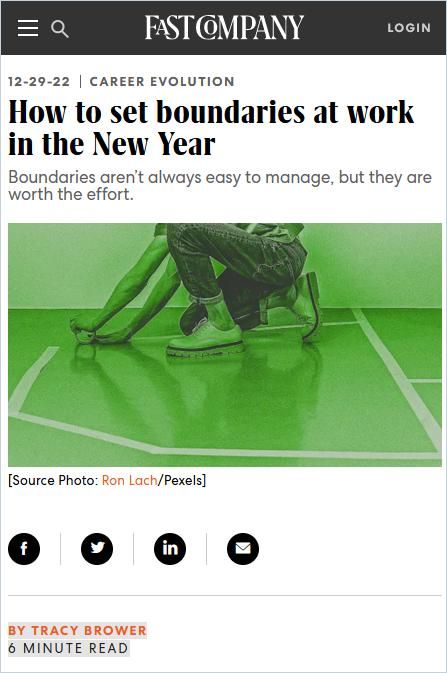
Block time on your calendar around particular activities, such as work schedules or family activities. If you need to immerse yourself in deep work, set your status to “do not disturb” and turn off any devices that could distract your attention. Your focus, attention and productivity increase when you quit multitasking and maintain separation between activities. Strive to remain mentally present, no matter what activity you’re engaged in.
Reflect and revise your boundaries frequently. By re-evaluating your boundaries and adapting them to your situation, your boundaries evolve with you.
